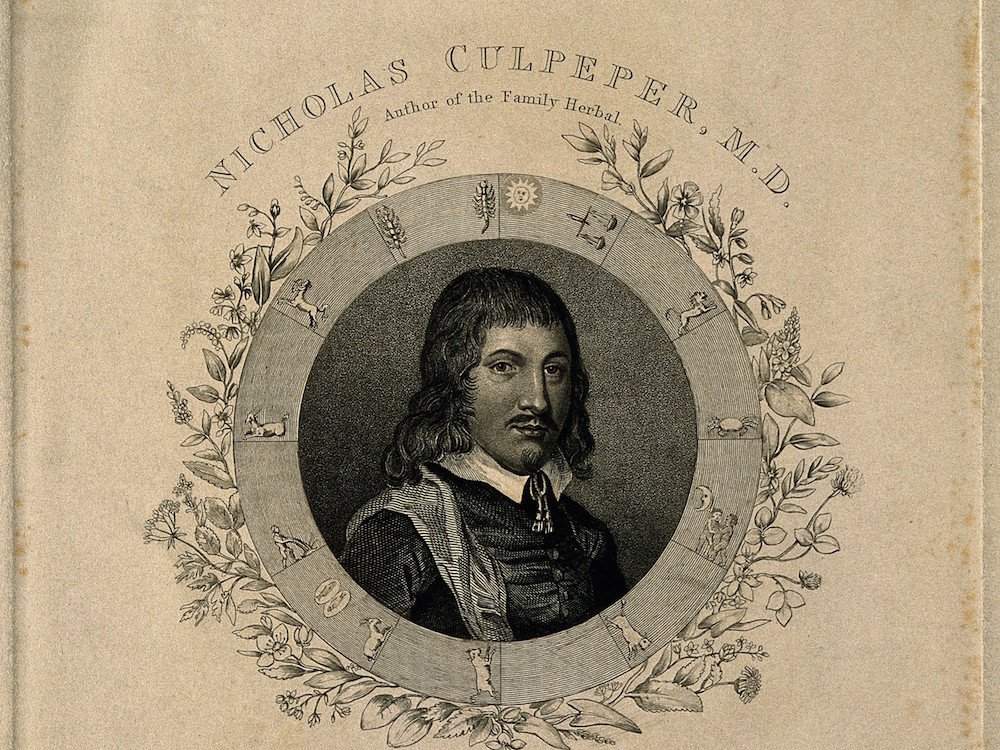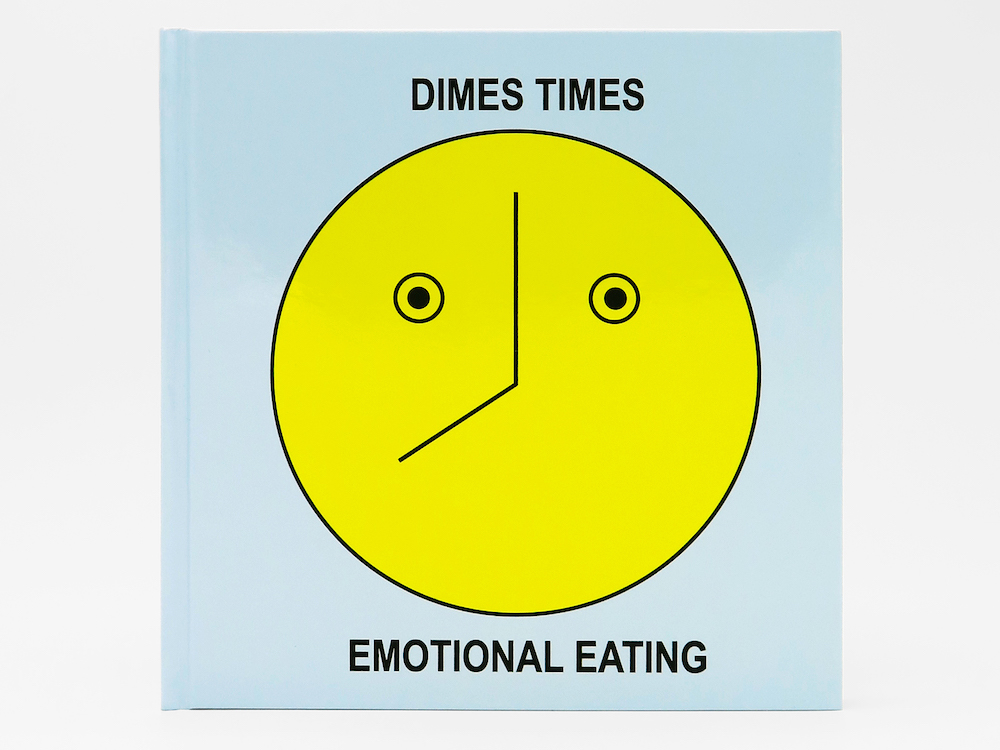Prince Sternenhoch is lovelorn, despite his qualities: “Leaving aside my family and wealth, I may boldly say of myself that I am a beau, in spite of certain inadequacies, for example, that I stand only 150 centimeters and weigh 45 kilograms, and am almost toothless, hairless, and whiskerless, also a little squint-eyed and have a noticeable hobble—well, even the sun has spots.” He meets the silent Helga, whom he instinctively loathes and swiftly marries. She opens up, travels as a brigand, finds her métier as a demon, and starts to murder “like a doctor.” Ladislav Klíma’s (1878–1928) The Sufferings of Prince Sternenhoch, styled as the eponymous noble’s edited journals, is a phantasmagoric freak-out, a work of consummate madness. It is gross and wretched; it is a Tinder date in a pandemic. Sternenhoch lives in a succession of ghoulish castles. He transcribes his titters and cackles and—after he is possessed by the spirit of his defenestrated Saint Bernard, Elephant—his barks. He schemes to make a gorilla cry and invests his fortune in a nut. Helga is killed, gains a swift promotion in hell, and visits to torment. Perhaps they reconcile, when she confesses, “My financial outlook is atrocious, my rabbits all died suddenly, and I have come to realize I lack artistic talent.” The truth is impossible to discern: the tale is all delusion, but for Klíma, delusion is all there is. In A Czech Dreambook, Ludvík Vaculík remarks that “Klíma’s horror stories have no more than a poetic effect on me. I can read them last thing at night and then have a nice peaceful bureaucratic dream.” For Vaculík, Sternenhoch might offer no relief from those anesthetic dreams proscribed by the state, but at present I could do with a good night’s sleep. Besides, I was moved. In Klíma’s “Autobiography,” which is appended to this edition—vividly translated, like Sternenhoch, by Carleton Bulkin—he writes of his life spent in “consistent divergence from all that’s human”: he eats only raw flour and raw horse meat, gobbles mice half eaten by cats, and “would glug down bathwater from people with smallpox.” At that, I put the book down and immediately washed my hands. Then I opened it again. —Chris Littlewood
During these early days of social isolation, I’ve gone surprisingly deep down a rabbit hole of German productions on Netflix. One of my favorites, Babylon Berlin, just dropped its third season with barely any notice. The historical thriller follows the homicide detective duo Gereon Rath and Lotte Ritter through the gritty, decadent Berlin of 1929. Every episode is packed with vivid depictions of debauchery, addiction, and violent crime, all shaded by the specter of rising fascism. About five episodes in, though, I needed a break, so I turned to Isi & Ossi, a German rom-com about a billionaire heiress who falls for a boxer from the wrong side of the tracks. My expectations were low, and I was stunned by the artful and attentive cinematography. In one quiet shot, Isi and Ossi are lying in bed, and a round mirror frames them like a painting. Isi takes notice, self-consciously tucking her hair behind her ear. “We used to have a picture like that in my parents’ bedroom,” she says. “They were lying there like this.” Isi & Ossi, like Babylon Berlin, is remarkable for such small and well-crafted moments of human connection, which, however brief, offer consolation to the solitary viewer. —Elinor Hitt
On October 25, 2015, the New York Times ran a piece about the Dimes crowd. I had been in New York for seven months and wanted to be a New Yorker my whole life. Ticking through the pictures, I felt the aspiration of a suburban teenager all over again. This was clearly where creativity sat down for a wheatgrass margarita and worked the bar. Once I visited, I realized Dimes was everything I wanted New York to be. It’s full of friends and flirting, the waitstaff is always just a month ahead of even the most fashion-forward citizens, and when I finally did get to know them, they told me about their dance companies, their bands, their radio stations. They are cool in a city of young people seemingly made all alike by Instagram and start-up capital. The food feels virtuous and tastes delicious. There are whale songs in the bathroom. In the past few days, as New York City suspended all sit-down restaurant service, Dimes launched a cookbook years in the making. Dimes Times: Emotional Eating captures the charm and character of the restaurant. The trim size is funny, the table of contents is funky fresh, there is a running narrative about the emotional moments of the Dimes day, and there are even cutouts. This weekend my man cooked us Alberto’s unbeatable posole (page 107), and for just a moment it was all still possible: a last-minute trip to Mexico City, a hug across the bar, a waiter job that would keep you afloat between gigs, the din and the smiles of a noisy dining room. Whenever I settle into a seat at Dimes, I think, I’m one of the lucky ones; I’m having my moment in this crazy city. Consider ordering a copy of the cookbook this week or directing a little something straight to the staff. It might just be the coin that keeps Dimes waiting for us somewhere beyond quarantine. —Julia Berick
Praised by Ocean Vuong and Viet Thanh Nguyen, the Vietnamese poet Nguyễn Phan Quế Mai’s first novel, The Mountains Sing, is a beautiful evocation of a lost world. Nguyễn’s family saga tells the story of a country torn apart by the vagaries of history and the fires of a quickly globalizing political world. But lest I give the wrong impression, Nguyễn’s interests are centered largely on the hearts of her characters, their struggle to maintain their own humanity in a landscape drowned in the blood tides of the past. Her book tour has been canceled due to the current pandemic, but that’s no reason to miss out on this beautiful, stirring novel. —Christian Kiefer
I bought my copy of Culpeper’s Complete Herbal a few years back, not because I am particularly interested in herbal medicine but because I am fascinated by so-called early America, the period when the Northeastern United States was considered by Europeans a wilderness. In those anxious days, the Herbal, first published in 1653, could be found alongside the Bible in settlers’ homes—books to protect body and soul. This week the world again feels like wilderness, the body and soul small and isolated amid looming, shadowy dangers. Depending on your beliefs, Culpeper’s cures can seem pathetic—thank modern medicine, for example, that we’ve moved beyond purslane to cure “blastings by lightning”—but his visual descriptions of plants are timeless. Consider his entry on hellebore, long a favorite of mine for the name’s suggestion of a mythic queen: “It has sundry fair green leaves rising from the root … abiding green all the winter … about Christmas-time … the flowers appear upon foot-stalks, also consisting of five large, round, white leaves a-piece, which sometimes are purplish towards the edges, with many pale yellow thumbs in the middle; the seeds are black, and in form long and round. The root consists of numberless blackish strings all united into one head.” In New York, hellebore appears around March and can be white, rose, green, or purple. Among its many uses, according to Culpeper, the roots are effective for madness. My mind, however, is calmed by the precision of his language and the reminder that outside the walls of social isolation, these flowers—muted in color, bold in their advance against winter—bloom on. —Jane Breakell

Line engraving of Nicholas Culpeper, 1827. Credit: Wellcome Library, London. Public domain, via Wikimedia Commons.
from The Paris Review https://ift.tt/394TuPV


Comments
Post a Comment